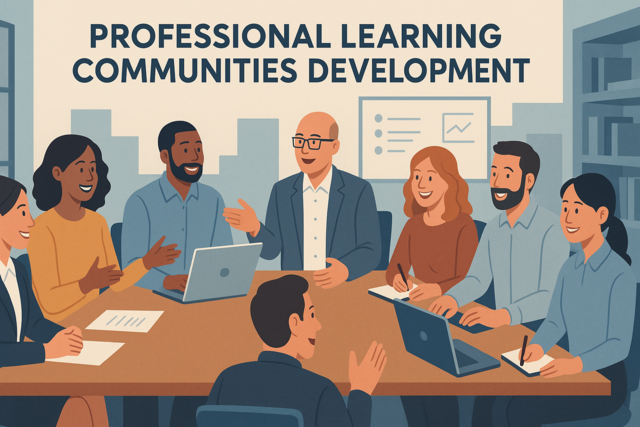Online Class: Fundamentals of Curriculum Mapping

no certificate
with CEU Certificate*
-
15Lessons
-
22Exams &
Assignments -
5Hours
average time -
0.5CEUs
Course Description
In a world where education stands at the crossroads of change and possibility, "Fundamentals of Curriculum Mapping" emerges as not just a course, but a vital journey toward reimagining the way we educate and inspire. If you are an educator, administrator, or an aspiring influencer in the realm of education, this is your chance to be at the forefront of transformative change.
Imagine stepping into a classroom where learning is not confined by outdated models but is as vibrant and interconnected as the world we live in today. Here lies the heartbeat of our course—a strategic blueprint for educational success that promises not just to inform, but to revolutionize your approach to curriculum design.
Curriculum mapping is more than a series of lessons; it is the art and science of crafting experiences that mirror the complex, interdisciplinary nature of our global society. Picture yourself embracing this philosophy, transforming curricula that were once isolated and rigid into dynamic tapestries of knowledge that reflect a globalized world. John Dewey's vision of experiential learning comes alive as you dismantle traditional silos, drawing connections between disciplines to foster environments where students don't just memorize, but truly understand and engage with the material in meaningful ways.
As you delve deeper into this course, you'll discover the power of focusing on essential learning objectives that streamline education. This isn't about checking boxes—it's about minimizing educational waste and fostering a profound comprehension that expands students' analytical and critical thinking capabilities. With a foundation grounded in well-established standards, you'll learn to develop curricula that inspire, challenge, and elevate all learners.
Our innovative strategies for inclusive and effective assessment design offer a groundbreaking shift in perspective. By harnessing the transformative potential of technology, you will unlock the ability to provide real-time feedback, ensuring every learner's path is customized, responsive, and engaging. You'll understand how to harness technological advancements to empower not just students but also educators, creating a centralized hub of collaboration and continuous improvement.
This course doesn't stop at theory—it is a practical compass, guiding you to craft paths that align with educational goals and reflect the nuances of diverse educational contexts. With insights into the potential of collaborative efforts, you'll learn the profound impact of embracing diverse perspectives to refine and elevate curriculum strategies.
The world is changing, and so must our educational systems. Cross-disciplinary curriculums are no longer a luxury but a necessity, drawing from real-world applications to enhance learning outcomes. Through thematic, interconnected learning approaches, you'll see firsthand the magic of breaking down traditional barriers, crafting holistic educational experiences that prepare students for the multifaceted challenges of the modern world.
Curriculum mapping is not just a tool; it's a pivotal force reshaping education one strategic decision at a time. By the end of this journey, you'll have the skills to not only transform curricula but also to empower students with the knowledge and critical thinking skills needed to navigate the complexities of today's society. Your influence will extend beyond the classroom, fostering inclusive and engaging learning environments reflective of diverse cultural, socioeconomic, and linguistic landscapes.
If you're ready to embark on a transformative educational journey—where your impact reverberates through future generations—then "Fundamentals of Curriculum Mapping" is precisely the course you've been waiting for. Here, you'll find an unparalleled opportunity to rethink, redesign, and revolutionize the educational landscape. Invest in your future, transform your teaching, and become a catalyst for educational excellence in a rapidly evolving world. Join us, and be part of a journey that promises not only to change your perspective but also to inspire change across the educational spectrum. This is not just a course; it's a call to action. Will you answer it?
- Completely Online
- Self-Paced
- 6 Months to Complete
- 24/7 Availability
- Start Anytime
- PC & Mac Compatible
- Android & iOS Friendly
- Accredited CEUs

Course Lessons
Lesson 1. Curriculum Mapping: The Strategic Blueprint for Educational Success
Evaluating and updating curriculum maps regularly ensures relevance, coherence, and completeness in educational programs, aligning them with shifting educational standards and student needs. This iterative process encourages innovative teaching practices and cross-disciplinary integration, fostering inclusive and engaging learning environments.Lesson 2. Interdisciplinary Curricula: A Reflection of a Globalized World
Initially, curriculums mirrored societal models like the industrial age's 'factory model,' but thinkers like Dewey revolutionized education by focusing on experiential learning and community engagement. Modern education embraces interdisciplinary teaching, inclusivity, and technology, equipping students to thrive in a diverse, interconnected world.Lesson 3. Focusing on Essential Learning Objectives
Learning objectives drawn from established standards allow educators to develop a streamlined curriculum that is consistent and relevant, focusing on core competencies. This approach minimizes educational waste and scaffolds learning, progressively building students' capacities for deeper understanding across disciplines.Lesson 4. The Architecture of Learning: Curriculum Mapping with Standards
Educational standards function as key blueprints in curriculum mapping, aligning educational practices to ensure equity and consistency across diverse learning environments. By providing a clear framework, they support educators in meeting academic benchmarks and inspire innovations that cater to varied student needs.Lesson 5. Crafting the Path: Understanding Learning Goals & Objectives
Defining learning goals and objectives is essential in curriculum mapping, as they provide a solid foundation for educational experiences. They guide instructional practices, assessments, and materials, ensuring students clearly understand what they are expected to learn.Lesson 6. Innovative Strategies for Inclusive and Effective Assessment Design
Technological integration into assessment practices transforms traditional education, offering innovative, engaging, and real-time feedback mechanisms. By embracing tools like interactive simulations or gamified quizzes, educators enhance both academic and technological proficiency, preparing students for modern challenges.Lesson 7. Empowering Educators through Technological Integration
Integrating technology into curriculum mapping brings about centralized data management and streamlined collaboration among educators. This approach ensures that curricula stay up-to-date with educational standards, fostering an interactive environment for both teaching and learning.Lesson 8. Revolutionizing Curriculum Design through Collaboration: Embracing a Dynamic Approach
Integrating horizontal and vertical alignment, collaborative curriculum mapping ensures consistency across grade levels while progressively building complex skills, facilitating a balanced and logical educational progression. This approach identifies curriculum gaps and redundancies, streamlining content delivery for improved student engagement and outcomes.Lesson 9. Streamlined Curriculum Strategies
A structured approach to curriculum mapping identifies gaps and adapts content to meet evolving standards and student needs. Collaborative review processes, enriched by feedback loops, ensure curricula remain relevant and comprehensive.Lesson 10. Breaking Down Educational Silos: The Power of Cross-Disciplinary Curriculum Maps
Cross-disciplinary curriculum mapping breaks down traditional subject barriers, fostering a holistic educational experience by enabling students to see the interconnectedness of the real world. This approach enhances critical thinking and real-world application through thematic learning and collaboration among educators.Lesson 11. Keys to Curriculum Success
Curriculum integration bridges traditional subject divides, fostering a comprehensive learning experience where students apply interdisciplinary knowledge. By creating inclusive environments and staying innovative, educators equip students with the skills to navigate the complexities of the modern world.Lesson 12. Empowering Learners through Context-Sensitive Curriculum Mapping
Curriculum mapping must account for diverse educational contexts, ensuring relevance and equity by customizing educational goals to cater to cultural, socioeconomic, and resource variability among students. Engaging teaching methods and materials that reflect multilingual and multicultural realities can enhance student engagement and learning outcomes, especially in underrepresented and marginalized communities.Lesson 13. Collaborative Pathways: The Power of Curriculum Mapping in Education
Curriculum mapping transforms educational experiences by enabling continuous improvement through real-time data analysis and stakeholder feedback, ensuring curricular relevance and effectiveness. This strategic approach empowers teachers to innovate and adapt, creating inclusive learning environments aligned with evolving educational standards and student needs.Lesson 14. Curriculum Mapping: A Dynamic Approach to Teaching and Learning
The key to successful curriculum mapping is setting clear learning outcomes and using adaptive teaching strategies, facilitated by technology, for personalized learning that aligns with educational standards. By fostering interdisciplinary connections, teachers can create dynamic classrooms where students explore themes across subjects, nurturing critical thinking and curiosity.Lesson 15. Transformative Technologies: Advancing Curriculum Mapping in Education
Emerging technologies are shaping the way educators map curriculums, turning conventional methods into dynamic, interactive experiences. Artificial Intelligence, cloud computing, blockchain, and immersive realities are all pivotal tools that personalize and enhance learning pathways for students.
Learning Outcomes
- Analyze curriculum maps to identify gaps and redundancies, proposing strategies to optimize the learning experience.
- Demonstrate the ability to create a curriculum map aligning instructional content with educational standards and learning goals.
- Define how John Dewey's experiential learning model enhances critical thinking and community engagement in contemporary education settings.
- Describe the impact of incorporating technology, such as AI and VR, in modern curriculum design to support diverse learning styles and enhance student engagement.
- Define essential learning objectives by analyzing curriculum content standards and aligning them with educational practices within a school system.
- Demonstrate the ability to map a cohesive curriculum by integrating formative and summative assessments aligned with learning objectives and educational standards.
- Analyze and adapt teaching strategies based on the evaluation of student progress towards meeting educational standards, enhancing instructional effectiveness.
- Demonstrate the ability to align curriculum objectives with national and state educational standards to ensure consistent quality in teaching practices.
- Define and analyze the roles of learning goals and objectives in curriculum mapping, emphasizing their importance in crafting educational experiences.
- Demonstrate the ability to align specific learning objectives with broader curriculum standards using the backward design method.
- Analyze assessment reliability and validity by evaluating an existing assessment tool's efficacy in measuring the intended learning outcomes.
- Demonstrate the ability to align assessment tasks with learning objectives by designing a coherent assessment plan for a hypothetical curriculum.
- Recognize how technology transforms curriculum mapping into a dynamic process, enhancing educational alignment with standards and student needs.
- Demonstrate mastery of lesson content at levels of 70% or higher.
Additional Course Information

- Document Your Lifelong Learning Achievements
- Earn an Official Certificate Documenting Course Hours and CEUs
- Verify Your Certificate with a Unique Serial Number Online
- View and Share Your Certificate Online or Download/Print as PDF
- Display Your Certificate on Your Resume and Promote Your Achievements Using Social Media

Choose Your Subscription Plan
No Certificate / No CEUs
This course only
| Includes certificate | X |
| Includes CEUs | X |
| Self-paced |

|
| Instructor support |

|
| Time to complete | 6 months |
| No. of courses | 1 course |
Certificate & CEUs
This course only
| Includes certificate |

|
| Includes CEUs |

|
| Self-paced |

|
| Instructor support |

|
| Time to complete | 6 months |
| No. of courses | 1 course |
Certificates & CEUs
Includes all 600+ courses
| Includes certificate |

|
| Includes CEUs |

|
| Self-paced |

|
| Instructor support |

|
| Time to complete | 12 Months |
| No. of courses | 600+ |
Certificates & CEUs
Includes all 600+ courses
| Includes certificate |

|
| Includes CEUs |

|
| Self-paced |

|
| Instructor support |

|
| Time to complete | 24 Months |
| No. of courses | 600+ |
Related Courses
-
 3 hours
0.3 CEUs
From Me to We: Transitioning to a Team Mindset
+ More Info
3 hours
0.3 CEUs
From Me to We: Transitioning to a Team Mindset
+ More Info
-
 3 hours
0.3 CEUs
Transcend Trends: Creating Your Signature Look
+ More Info
3 hours
0.3 CEUs
Transcend Trends: Creating Your Signature Look
+ More Info
-
 7 hours
0.7 CEUs
Emotional Intelligence: Enhancing Workplace Relationships
+ More Info
7 hours
0.7 CEUs
Emotional Intelligence: Enhancing Workplace Relationships
+ More Info
-
 4 hours
0.4 CEUs
Strengthening Sibling Bonds: Strategies for Lifelong Friendships
+ More Info
4 hours
0.4 CEUs
Strengthening Sibling Bonds: Strategies for Lifelong Friendships
+ More Info
-
 6 hours
0.6 CEUs
Holistic Nutrition: Fueling Your Body and Mind
+ More Info
6 hours
0.6 CEUs
Holistic Nutrition: Fueling Your Body and Mind
+ More Info
-
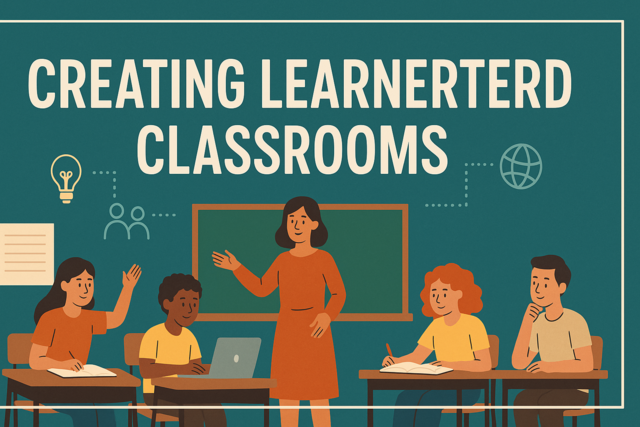 6 hours
0.6 CEUs
Creating Learner-Centered Classrooms
+ More Info
6 hours
0.6 CEUs
Creating Learner-Centered Classrooms
+ More Info
-
 5 hours
0.5 CEUs
Cosmic Anomalies: Unraveling Unsolved Astronomical Phenomenon
+ More Info
5 hours
0.5 CEUs
Cosmic Anomalies: Unraveling Unsolved Astronomical Phenomenon
+ More Info
-
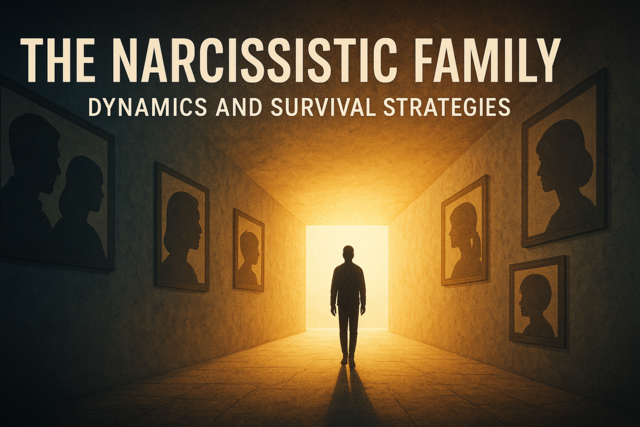 5 hours
0.5 CEUs
The Narcissistic Family: Dynamics and Survival Strategies
+ More Info
5 hours
0.5 CEUs
The Narcissistic Family: Dynamics and Survival Strategies
+ More Info
-
 6 hours
0.6 CEUs
Boundaries and Balance: Essential Insights for Healthy Relationships
+ More Info
6 hours
0.6 CEUs
Boundaries and Balance: Essential Insights for Healthy Relationships
+ More Info
-
 7 hours
0.7 CEUs
Parenting Partnerships: Collaborative Family Leadership
+ More Info
7 hours
0.7 CEUs
Parenting Partnerships: Collaborative Family Leadership
+ More Info
-
 7 hours
0.7 CEUs
The Science of Miracles: When Logic Defies Understanding
+ More Info
7 hours
0.7 CEUs
The Science of Miracles: When Logic Defies Understanding
+ More Info
-
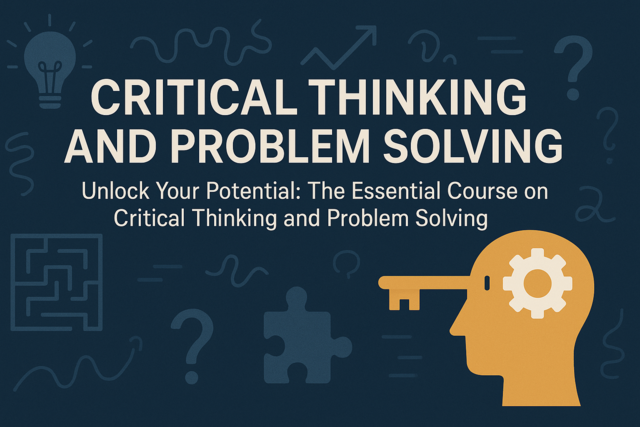 5 hours
0.5 CEUs
Critical Thinking and Problem Solving
+ More Info
5 hours
0.5 CEUs
Critical Thinking and Problem Solving
+ More Info
-
 3 hours
0.3 CEUs
Addressing Trauma in Students with Disabilities
+ More Info
3 hours
0.3 CEUs
Addressing Trauma in Students with Disabilities
+ More Info
-
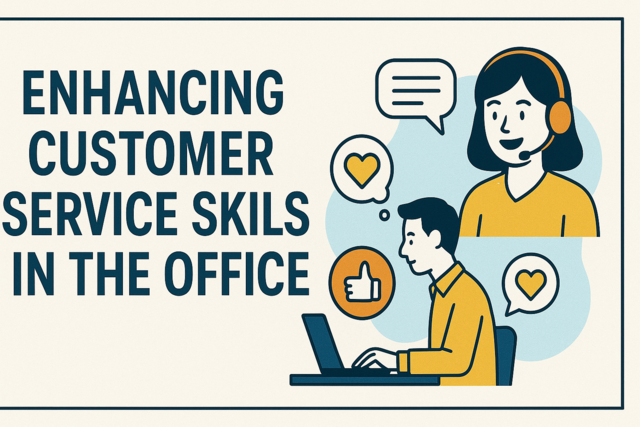 6 hours
0.6 CEUs
Enhancing Customer Service Skills in the Office
+ More Info
6 hours
0.6 CEUs
Enhancing Customer Service Skills in the Office
+ More Info
-
 7 hours
0.7 CEUs
Vintage Visions: Integrating Past Styles in Modern Luxury
+ More Info
7 hours
0.7 CEUs
Vintage Visions: Integrating Past Styles in Modern Luxury
+ More Info
-
 3 hours
0.3 CEUs
Essentials of Contract Negotiation
+ More Info
3 hours
0.3 CEUs
Essentials of Contract Negotiation
+ More Info
-
 3 hours
0.3 CEUs
The Role of Paraprofessionals in Special Education
+ More Info
3 hours
0.3 CEUs
The Role of Paraprofessionals in Special Education
+ More Info
-
 7 hours
0.7 CEUs
Exploring Chakra Alignments
+ More Info
7 hours
0.7 CEUs
Exploring Chakra Alignments
+ More Info
-
 5 hours
0.5 CEUs
The Compassionate Family: Building Empathy Through Generations
+ More Info
5 hours
0.5 CEUs
The Compassionate Family: Building Empathy Through Generations
+ More Info
-
 5 hours
0.5 CEUs
Culturally Responsive Teaching Practices
+ More Info
5 hours
0.5 CEUs
Culturally Responsive Teaching Practices
+ More Info
-
 5 hours
0.5 CEUs
Childhood Trauma: Long-term Effects and Interventions
+ More Info
5 hours
0.5 CEUs
Childhood Trauma: Long-term Effects and Interventions
+ More Info
-
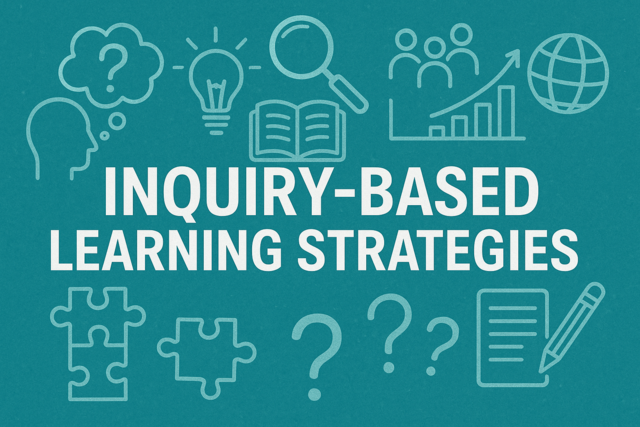 5 hours
0.5 CEUs
Inquiry-Based Learning Strategies
+ More Info
5 hours
0.5 CEUs
Inquiry-Based Learning Strategies
+ More Info
-
 7 hours
0.7 CEUs
The Art of Manifesting Your Dreams
+ More Info
7 hours
0.7 CEUs
The Art of Manifesting Your Dreams
+ More Info
-
 5 hours
0.5 CEUs
Time Travel Mysteries and Paradoxes
+ More Info
5 hours
0.5 CEUs
Time Travel Mysteries and Paradoxes
+ More Info
-
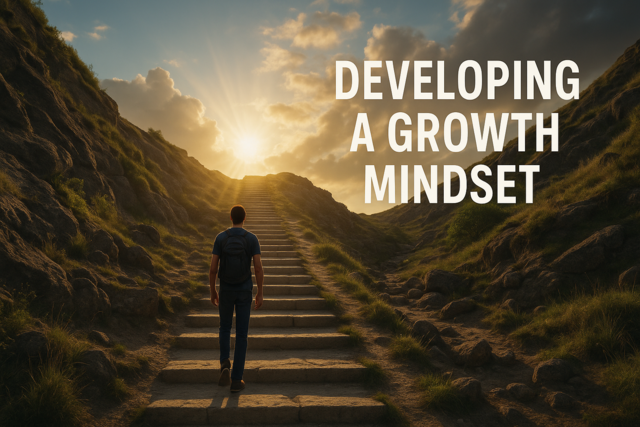 5 hours
0.5 CEUs
Developing a Growth Mindset
+ More Info
5 hours
0.5 CEUs
Developing a Growth Mindset
+ More Info
-
 3 hours
0.3 CEUs
The Science of Happiness in Family Life
+ More Info
3 hours
0.3 CEUs
The Science of Happiness in Family Life
+ More Info
-
 5 hours
0.5 CEUs
Building Inclusive Classrooms
+ More Info
5 hours
0.5 CEUs
Building Inclusive Classrooms
+ More Info
-
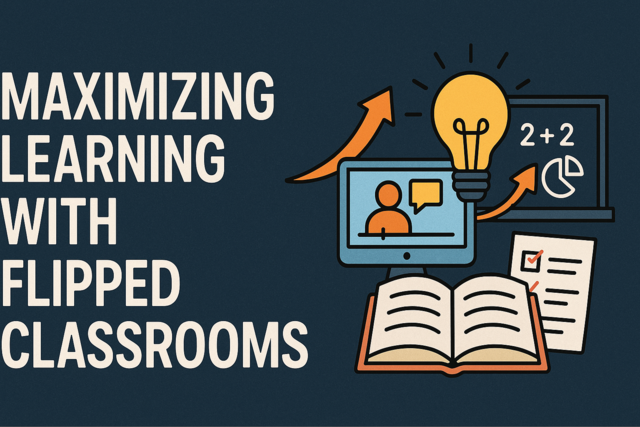 5 hours
0.5 CEUs
Maximizing Learning with Flipped Classrooms
+ More Info
5 hours
0.5 CEUs
Maximizing Learning with Flipped Classrooms
+ More Info
-
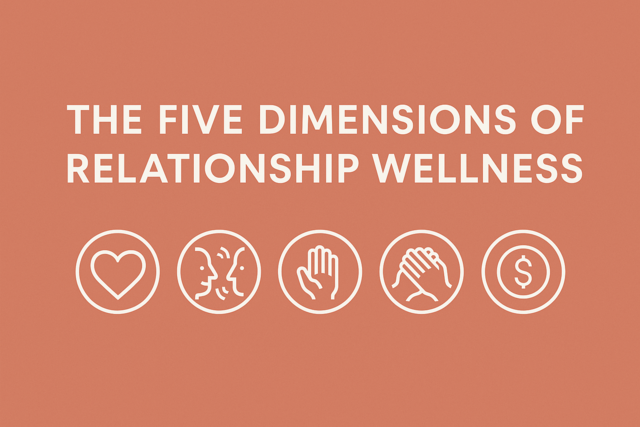 7 hours
0.7 CEUs
The Five Dimensions of Relationship Wellness
+ More Info
7 hours
0.7 CEUs
The Five Dimensions of Relationship Wellness
+ More Info
-
 3 hours
0.3 CEUs
Collaborative Teaching Approaches
+ More Info
3 hours
0.3 CEUs
Collaborative Teaching Approaches
+ More Info
-
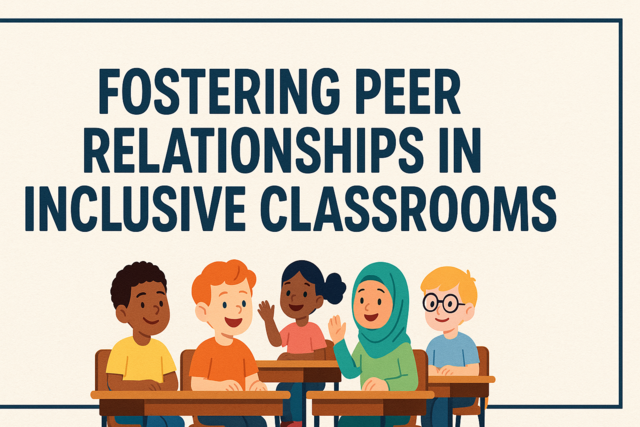 7 hours
0.7 CEUs
Fostering Peer Relationships in Inclusive Classrooms
+ More Info
7 hours
0.7 CEUs
Fostering Peer Relationships in Inclusive Classrooms
+ More Info
-
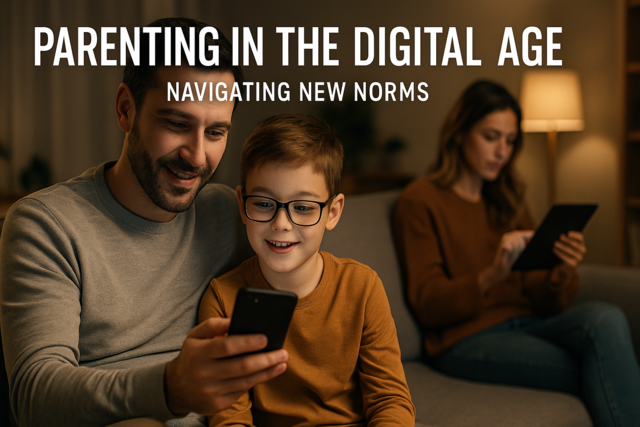 6 hours
0.6 CEUs
Parenting in the Digital Age: Navigating New Norms
+ More Info
6 hours
0.6 CEUs
Parenting in the Digital Age: Navigating New Norms
+ More Info
-
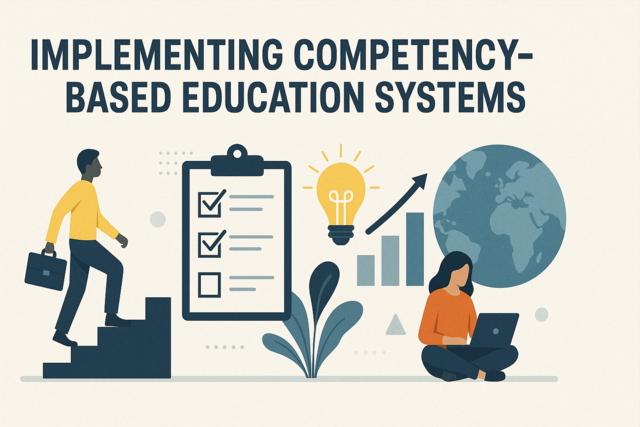 4 hours
0.4 CEUs
Implementing Competency-Based Education Systems
+ More Info
4 hours
0.4 CEUs
Implementing Competency-Based Education Systems
+ More Info
-
 7 hours
0.7 CEUs
Promoting Independence and Life Skills
+ More Info
7 hours
0.7 CEUs
Promoting Independence and Life Skills
+ More Info
-
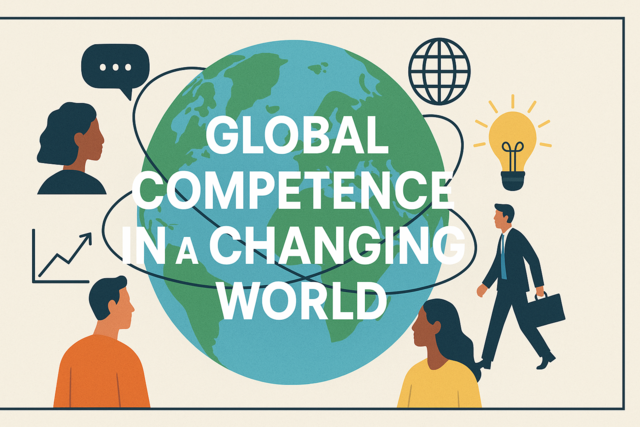 4 hours
0.4 CEUs
Global Competence in a Changing World
+ More Info
4 hours
0.4 CEUs
Global Competence in a Changing World
+ More Info
-
 4 hours
0.4 CEUs
Understanding and Managing Dyslexia in the Classroom
+ More Info
4 hours
0.4 CEUs
Understanding and Managing Dyslexia in the Classroom
+ More Info
-
 7 hours
0.7 CEUs
Pioneers of Anomalous Sciences
+ More Info
7 hours
0.7 CEUs
Pioneers of Anomalous Sciences
+ More Info
-
 5 hours
0.5 CEUs
Building Emotional Safety Nets: A Guide for Couples
+ More Info
5 hours
0.5 CEUs
Building Emotional Safety Nets: A Guide for Couples
+ More Info
-
 7 hours
0.7 CEUs
The Capsule Wardrobe: Streamlining Luxury with Style
+ More Info
7 hours
0.7 CEUs
The Capsule Wardrobe: Streamlining Luxury with Style
+ More Info




